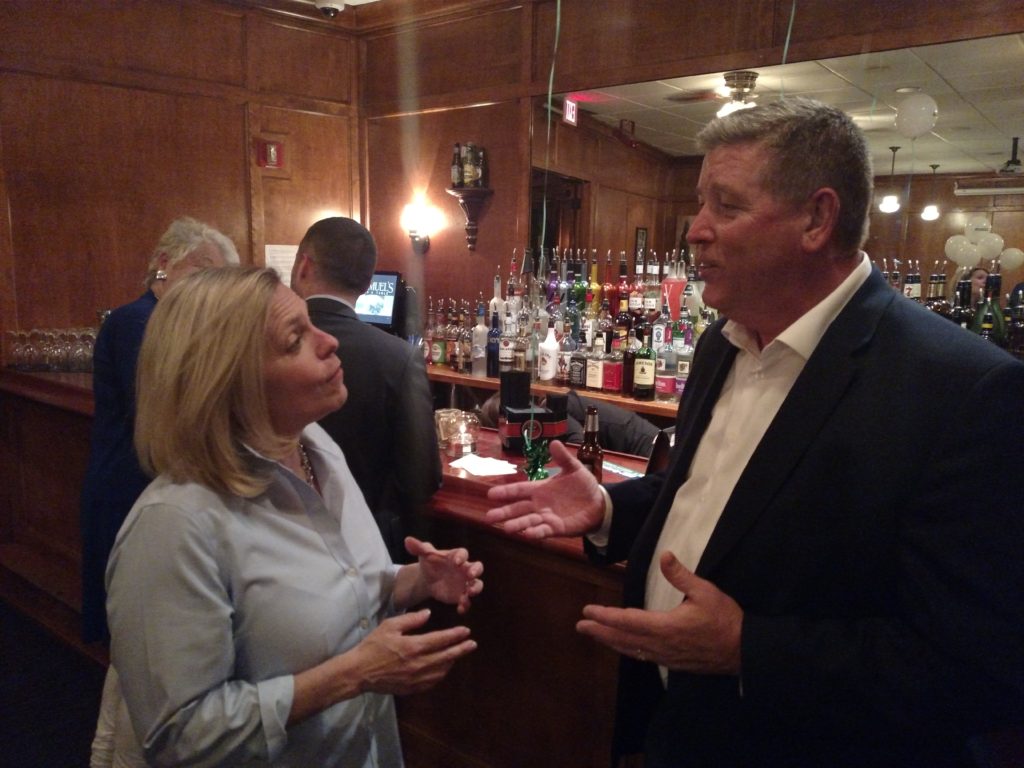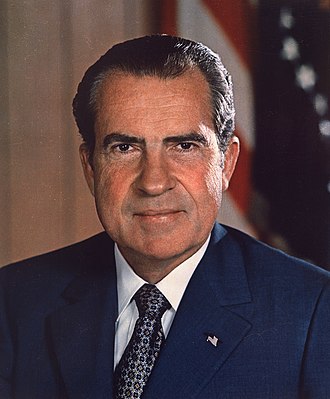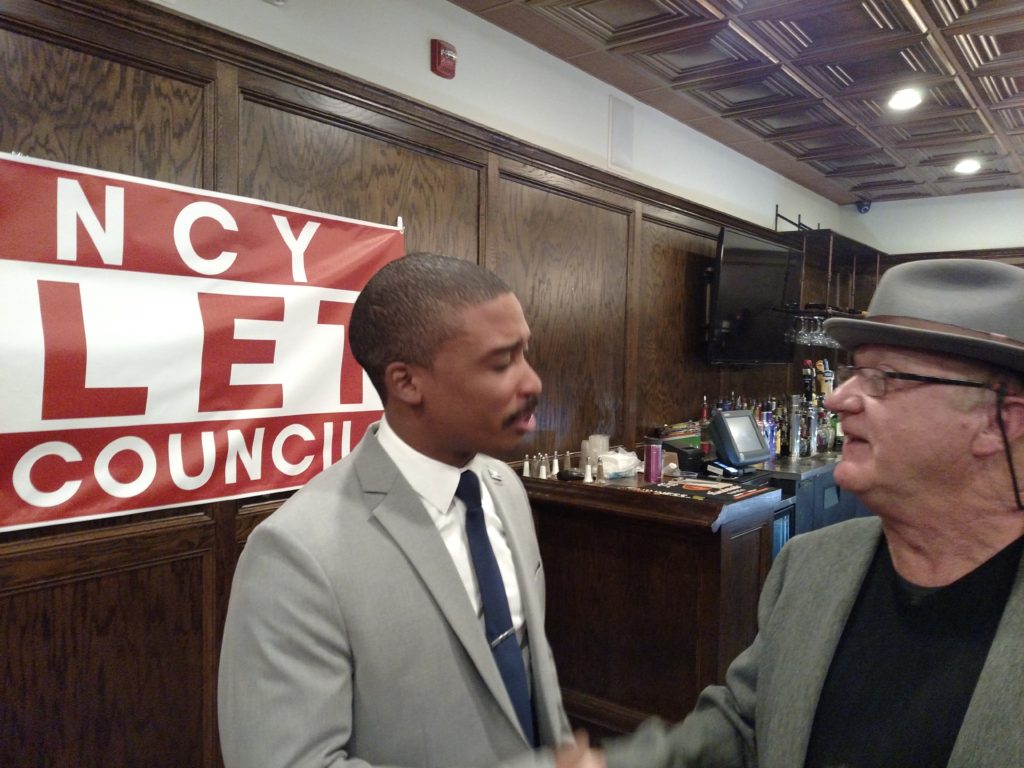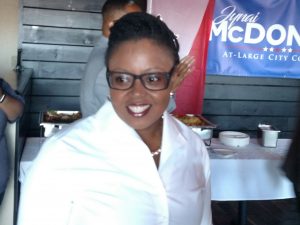Analysis: In Springfield, a New Spin on an Old Favorite, Candidate Re-Runs…
SPRINGFIELD—There are several truisms in city elections that have lived on and endured for years. One of them is that persistence can pay off. As the field of Council candidates solidifies, it has become clear 2019 will not play against type.
Once again, several unsuccessful aspirants from two years ago are trying again. While all probably won’t win, history is on their side. For example, three current at-large councilors had sought their office without success before they got in. It’s a pattern that goes back far longer than ward representation. But some of the returning candidates are not seeking the same seat as last time, a twist on the old script.
Two unsuccessful at-large candidates from 2017, Jynai McDonald and Victor Davila are running for ward seats this time. A sitting at-large councilor, Timothy Ryan has also shifted to a ward race—the same one Davila seeks. On the flip side, Kency Gilet, who unsuccessfully challenged Michael Fenton in Ward 2 is running at-large. Sticking to the tradition, Kelli Moriarty-Finn, ran at-large two years ago and is trying again.
By the end of this week, Davila, Gilet and Moriarty-Finn will have all kicked off their campaigns.

Kelli Moriarty-Finn at her kickoff earlier this month. Do returning candidates like her now have a campaign voters can’t refuse? (WMassP&I)
Moriarty-Finn launched her bid last week at Samuel’s at the Hall of Fame. She didn’t want for notable support last time around, but she was new then.
“You think you know certain things going in and then you drink from the firehose” of an actual campaign, she said in a phone interview.
This points to another advantage returning challengers have over their greener compatriots. They have some experience on the field of city political battle. By that metric, Moriarty-Finn isn’t entirely alone. Lamar Cook, a 2015 candidate has taken out papers while Johnnie McKnight, who ran for mayor the same year, will seek an at-large seat this year.
Moriarty-Finn said her bid two years ago wasn’t “an experiment.” She was committed all but assuring her return, which was rumored almost from the moment the polls closed. There is a lot to leverage form that first run, but one key thing was managing everything coming at you, including advice.
Plus nothing just freeze to pick up again with a new campaign season. Since her last run, for example, the issue of raising Council pay has come and seemingly gone—for now. But other matters remain on her agenda.
“Issues I worked about before are economic development, that we have a marketing plan for our city,m” she said.

He came back from defeat. (WMassP&I)
The phenomenon of charmed second (or third) tries is not unique to Springfield. Races right up to president have featured also-rans who became successful.
But it is more ingrained in the at-large races here. That contest is essentially a multi-member race for the five seats for the same citywide position. As such this process’s roots go back to the former all at-large system.
Part of it can be a runner-up status. A candidate who places 6th—or 10th under old Council setup—lies on the precipice of a Council seat for the entire term. One resignation and that candidate, if they still otherwise still qualify to be a councilor, can ascend to the body.
That’s what happened to Tracye Whitfield who placed just behind Ryan in the 2017 election. When Councilor Thomas Ashe resigned to become Mayor Domenic Sarno’s chief of staff, Whitfield took his seat. Several prominent councilors in recent years got their seats like that among them now-Rep Jose Tosado and former councilor Jimmy Ferrera.
Other near-winners never became councilors mid-term, but won as returning Council hopefuls next time. This list includes current at-large councilors Justin Hurst and Jesse Lederman. Among the ex-councilors who won an election after their first try are none other than Mayor Sarno.
But this year is a little bit different because of the bouncing between at-large and ward seats.
On Tuesday evening, Gilet launched his second Council bid, now for at-large. In an interview, Gilet acknowledged the challenge he had in attempting to take down Fenton.
He said his platform “did resonate” but voters “had a person and a positive relationship with the incumbent Mike Fenton.”
Indeed, Fenton prevailed nearly 3 to 1 over Gilet. But the message he felt his message could still resonate. He hopes to find an audience running at-large, especially with an open seat. He has already begun to target vote-rich Ward 7.
Though Gilet had a conservative platform in 2017, he is styling himself as almost counter-revolutionary to the Council’s ascendency in relevance. He and others at his event noted the recent or impending departures of “moderate” councilors like Ashe, Ken Shea and, in 2017, Timothy Rooke. While these councilors were more resistant to the Council’s growing activism, they never explicitly campaigned on it as Gilet appears ready to do.
“The Council shouldn’t overreach,” he said. Whether they actually have is up for debate.
While reruns are common, the hopping among seats between a cycle of two is somewhat different. In addition to Gilet, this cycle has three. Part of this is possible due to the first open ward seats since 2011. Ward 4 Councilor E. Henry Twiggs and Shea, Ward 6’s councilor, announced their exits earlier this year.
Running in only one-eighth of Springfield, population 150,000+, is far less daunting than citywide. It also allows candidates to focus their strengths.
For example, McDonald, whose likely opponent will be Malo Brown, an aide to Rep. Bud Williams, has a history of activism to leverage. She has worked on several community issues important to the city’s communities of color. While Ward 4 is no longer monolithically black, this background could be helpful conversation starter. Plus, she has allies with ties to higher-voting precincts that could swing the election.
Davila is now the head of the Forest Park Civic Association. This could be a helpful perch for any citywide candidate, let alone a returning one. However, the leafy neighborhood is at the heart of Ward 6, magnifying the post’s advantages. He has been active in local political issues for even longer, including a 2009 run for the same seat.
While a prior run remains one of the best indicators for election, especially at-large, it is not determinate. Regardless, the rarer development is the number of open seats.
At least two new faces will join the Council this year. Combined with Lederman and Ryan’s win in 2017 and Whitfield’s elevation in 2018, this will represent one of the largest transformations on the body since ward representation began.
It is not clear it will herald a shift in the Council’s recent assertion of power. But if returning candidates have an advantage, it could presage a long-awaited boost in women’s representation on the Council. If successful, either McDonald or Moriarty-Finn would replace men.
Moritary-Finn said she never ran because of her gender. However, she agreed that after broadening the body’s racial and ethnic diversity, more gender diversity was long overdue.
“I’ll be excited if I’ll be that third woman on the Council,” she said.



